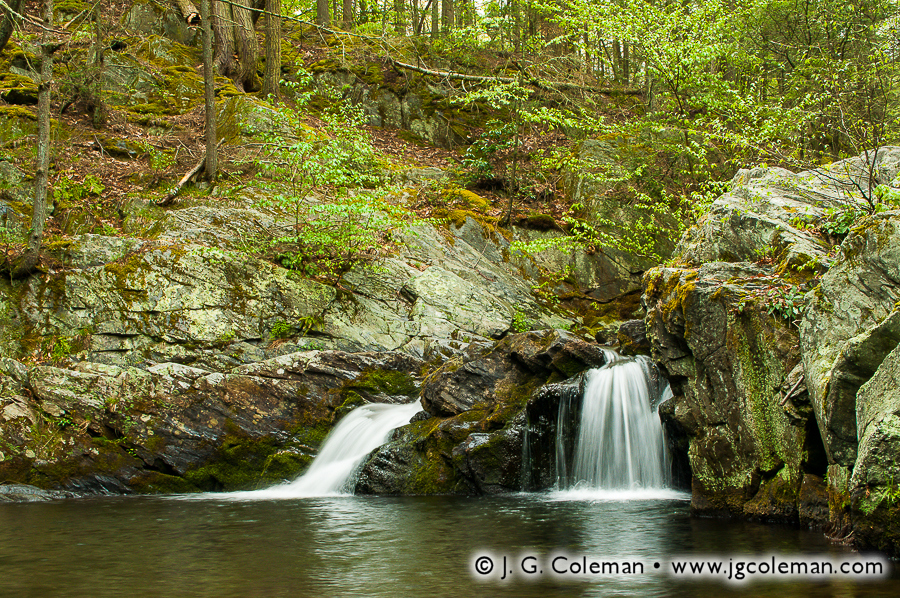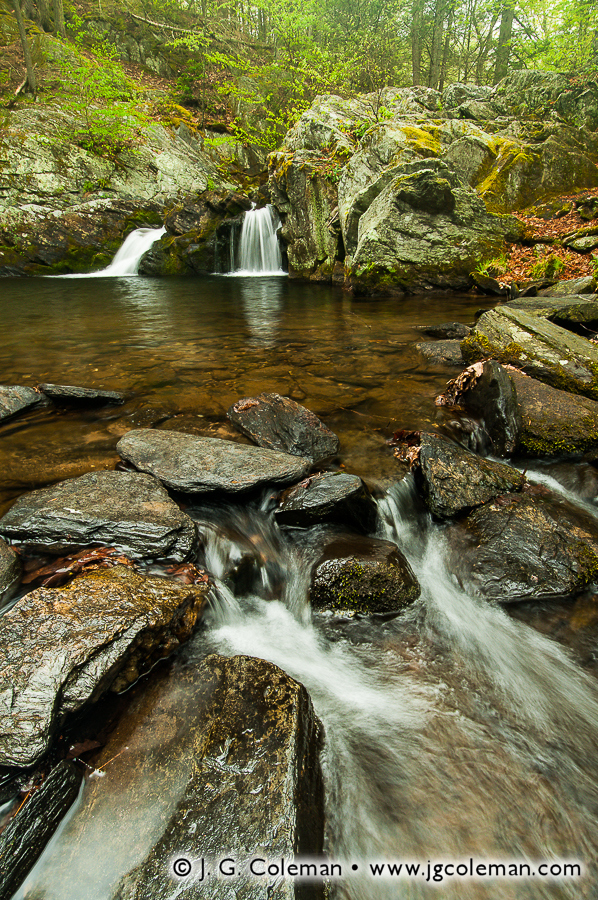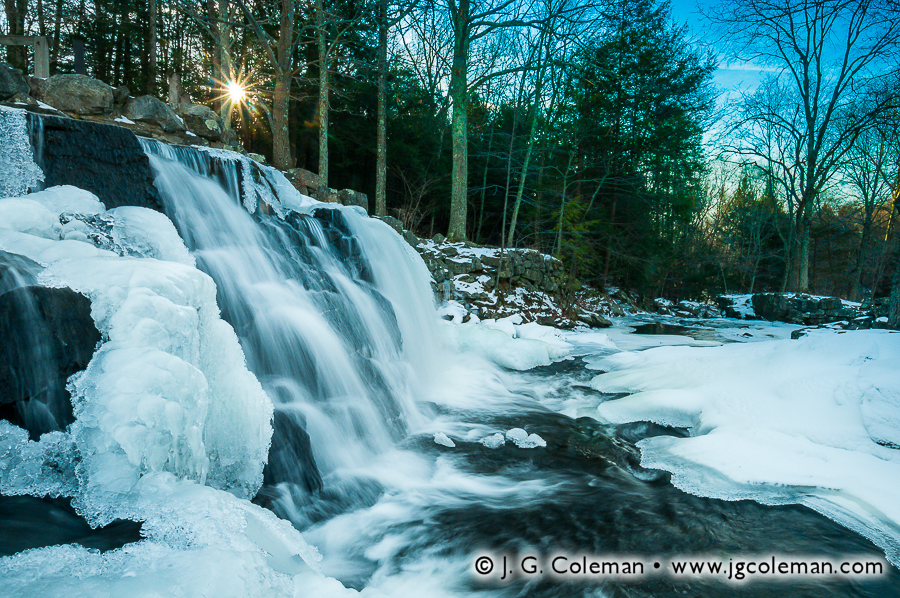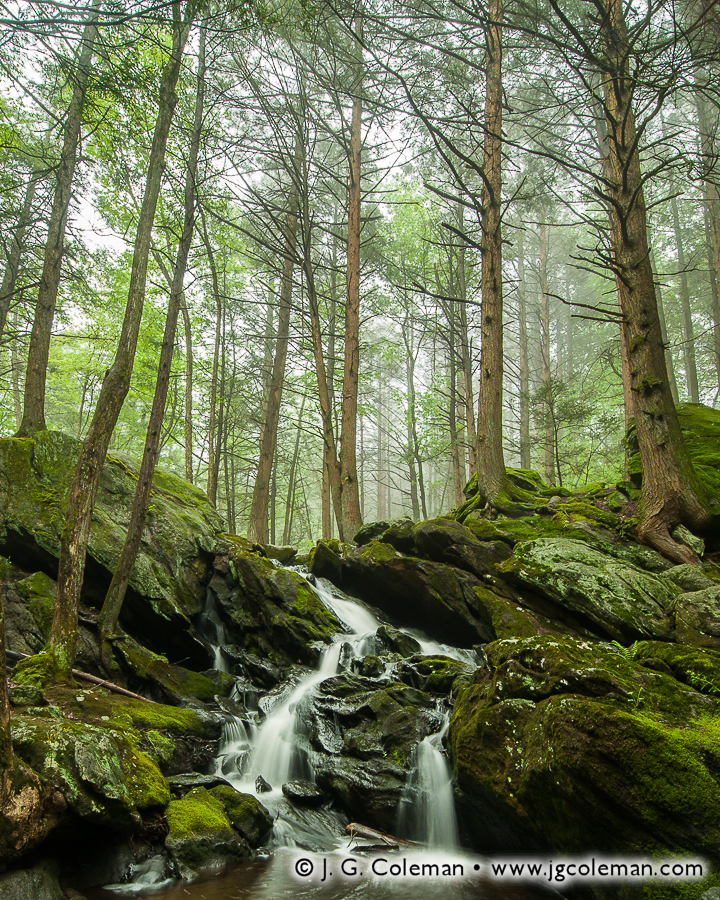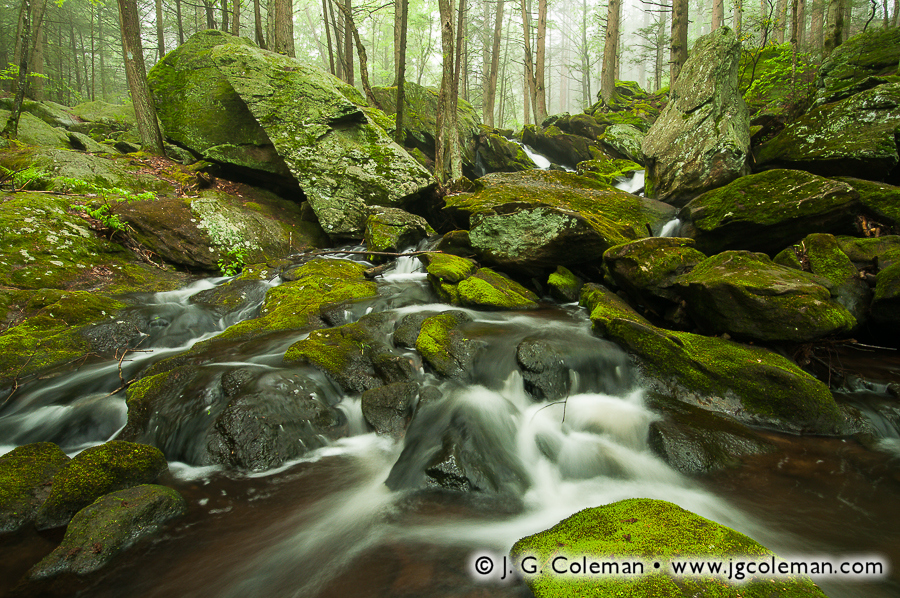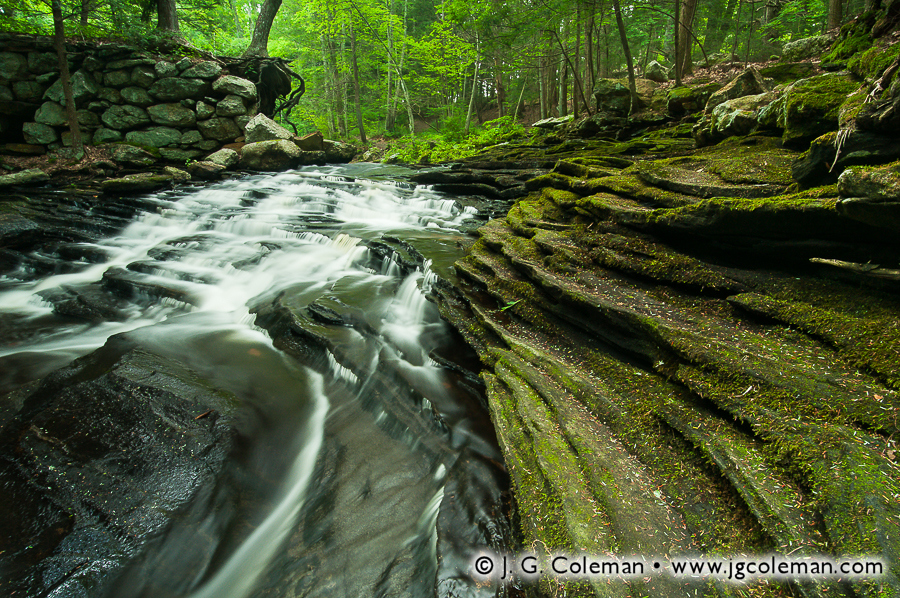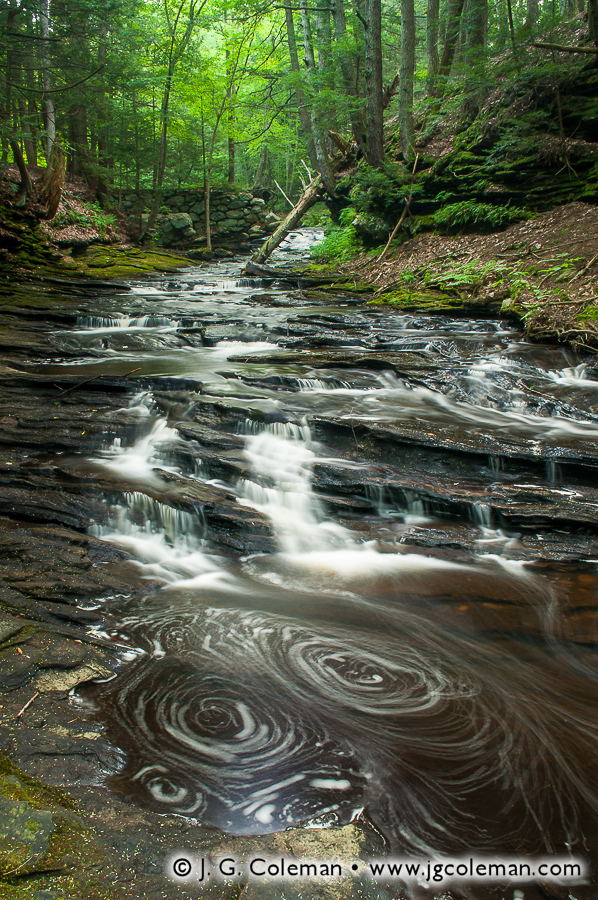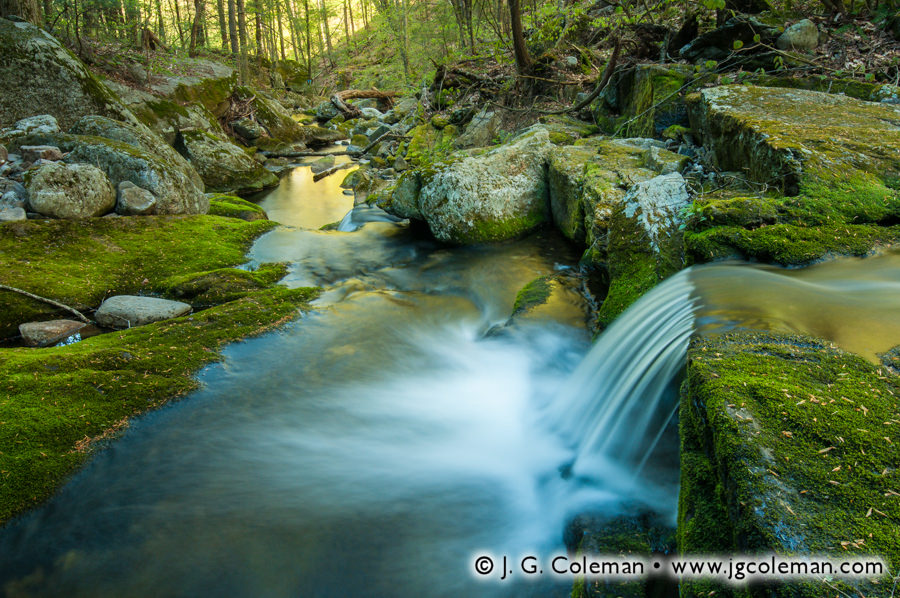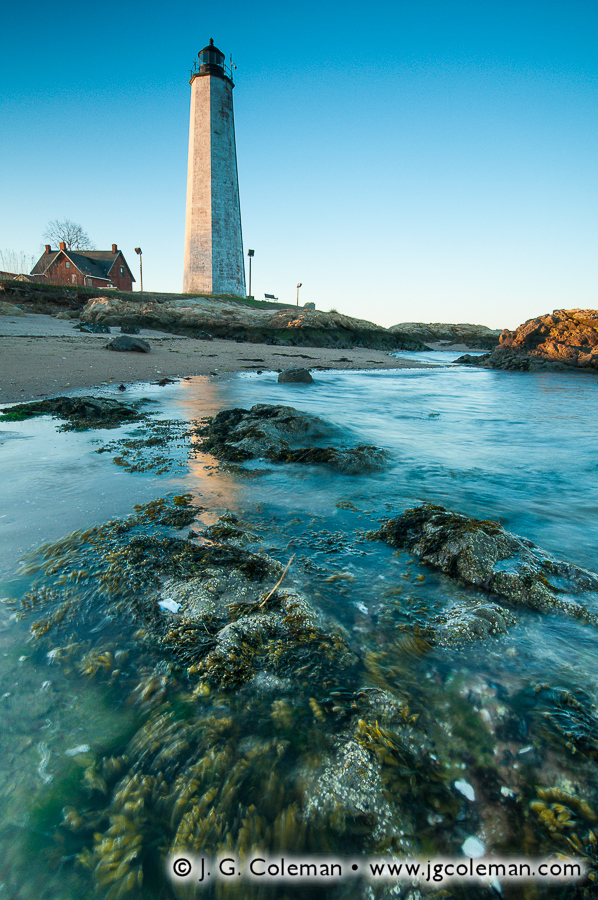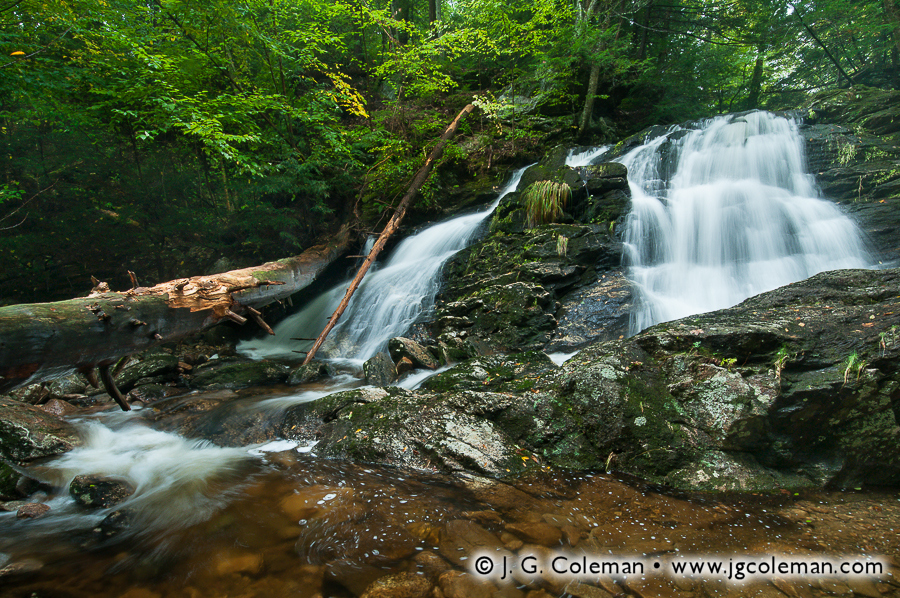It’s difficult to overstate the degree to which life in Connecticut has changed since 1907. For instance, big cities such as Hartford and New Haven probably had limited access to electricity at that time, but it would be at least a decade before such a luxury appeared in the average Connecticut household. Folks of that era still had to light their houses at night by candle or lamp, heat their homes with wood and quarry their their ice from nearby lakes. The state was criss-crossed only by rough dirt roads and rails; local travel was by horse or horse-drawn carraige, while longer trips were by train. For the ordinary resident of Connecticut, travel was by no means impossible, but it was still difficult enough that you didn’t tend to leave town for the day unless their was a good reason to do so. Most people spent most of their waking lives within just a few miles of their home.
But why do I refer specifically to 1907? Well, that was the year that Sperry Park, the subject of my newly-released work, was created in the rural town of Woodbridge, Connecticut. And the reason that I’ve offered an account of life during that era is because we probably need a bit of context these days to understand why a small place like Sperry Park, at a size of only 4 acres, was once a celebrated town landmark.
My piece, The Pride of Old Woodbridge (above), brings us to the aesthetic heart of Sperry Park: a calm, shady pool in the woods where the Sargent River is cleft into two sister waterfalls as it plunges some 6 feet over a shelf of weather-beaten bedrock. Hardy shrubs and trees grasp the faces of bare stone which rise from the river gorge and transition seamlessly into hilly forests blanketed by leaf litter. A few more of my pieces from Sperry Park are portrayed here, as well, so you can really get a feel for this lovely woodland oasis.
If Sperry Park strikes you as an exceptional place for a tranquil retreat into nature, then you can probably get a sense of why Nehemiah Sperry decided to donate this four-acre parcel of his family’s ancestral land to the Town of Woodbridge in 1907. At that time, he was an 80-year-old US Congressman and there must have been times that his memories drifted fondly to the old farm where he had grown up in the 1830s. For that matter, Sperry Falls had been passed down in the Sperry Family from generation to generation for nearly two centuries. In protecting a piece of that land as a park, Nehemiah was preserving the waterfalls that had been at the heart of Sperry family heritage for as far back as anybody could remember.
Of course, in modern times, a four-acre nature preserve seems awfully small. Indeed, it was not the sort of park where one could go hiking for hours on end, but then again, that wasn’t really what the people of Woodbridge needed. In the early years of the 20th-century, when life for the folks living in rural Woodbridge was centered mostly around town, Sperry Park was truly a treasured place where locals could go to relax and unwind without the difficulty of distant travel. Many publications from that era extolled the virtues of Sperry Park, with one hailing it as “the most celebrated natural feature of the town.”
In 1911, just a few years after donating Sperry Park to the town, Nehemiah passed away. Around the same time as his death, there also began the incidental decline of that rural way of life which he had known throughout the 19th-century. The famous Ford Model T had been introduced in 1908 and, by the 1920s, the price of automobiles had fallen to levels at which even ordinary middle class families could afford them. By the 1930s and 40s, it was easy for the people of Woodbridge to leave town for leisure. Amidst the flurry of changing times and a world that was growing ever smaller, Sperry Park was largely forgotten.
These days, the tiny park lies nestled within the vast, woodland watershed area of a few reservoirs in eastern Woodbridge. The public is still welcome to visit —a fact that would certainly make old Nehemiah proud— but few people venture out to see it anymore. As much as Sperry Park is a historic treasure to Woodbridge, it’s overall remoteness and proximity to public water supplies surely make it something of a liability, too. The result is that the park is quietly kept open for those rare few who learn of it by word of mouth or who stumble upon it while perusing a map. And, in truth, maybe that’s a good thing. A small, out-of-the-way park like Sperry simply cannot exist in this day in age unless its visitors bring along a healthy measure of respect for the landscape and a mindfulness that the origins of this place stretch deeply into the past… back to a simpler time when a few tranquil waterfalls on the Sargent River were the truly the pride of old Woodbridge.
Want to See More?
- To buy a fine art print of the pieces seen here, head over to the Sperry Park collection.

